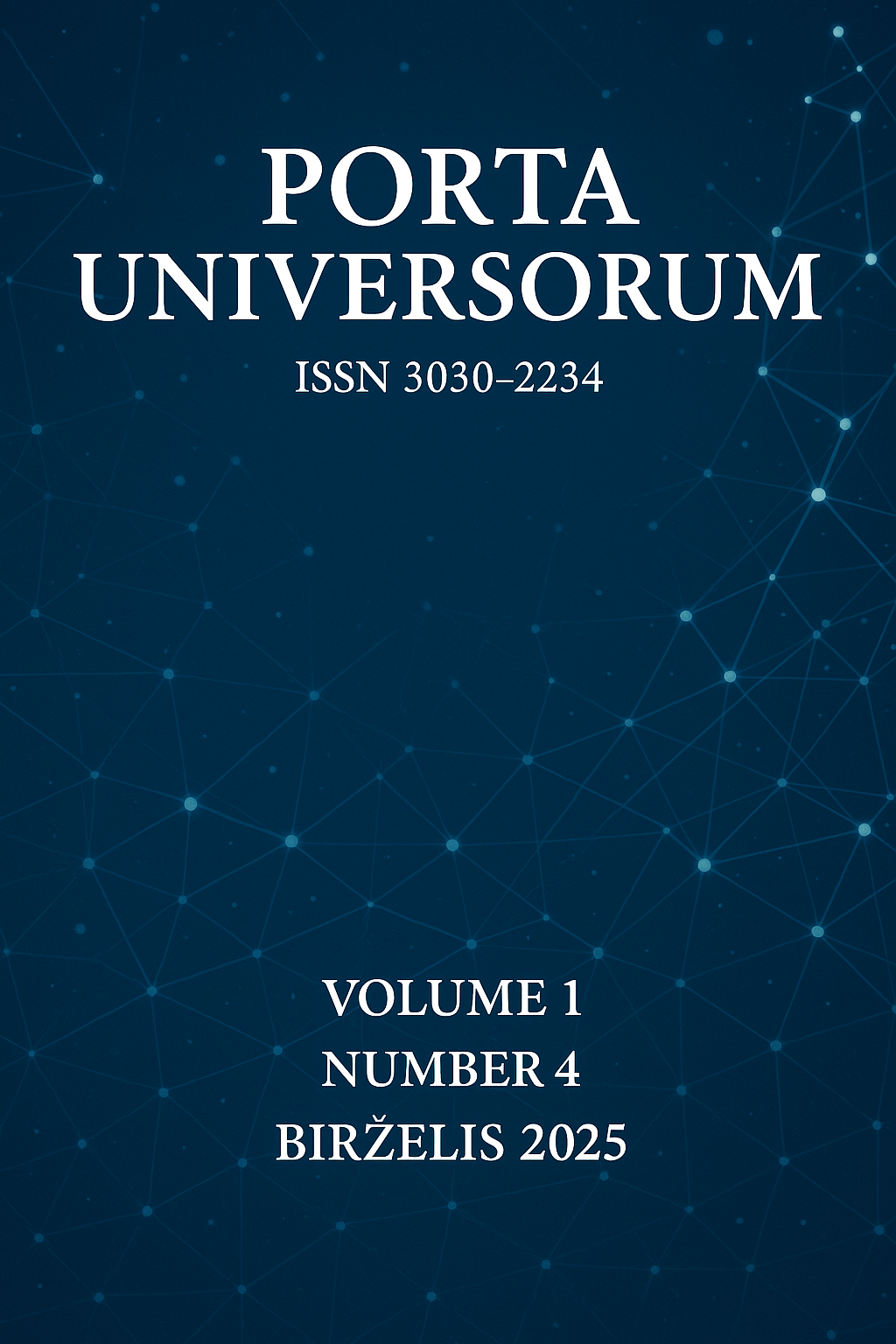Mathematics Anxiety and Its Pedagogical Implications: Strategies for Intervention
DOI:
https://doi.org/10.69760/portuni.0104006Keywords:
Mathematics anxiety, Math education, Affective domain, Pedagogical strategies, Intervention methodsAbstract
Mathematics anxiety (MA) is typically defined as a tension or fear that interferes with mathematical performance. Symptoms include panic, avoidance of math tasks, and physical distress during calculation. A strong negative relation exists between MA and cognitive performance: anxious students show working-memory disruption and intrusive worry during problem-solving. In secondary education, this often translates into lower grades, fewer advanced math courses, and increased dropout from math-related tracks. MA also contributes to reduced self-efficacy and motivation in math, compounding achievement gaps. This study aims to synthesize current research on classroom and instructional interventions to reduce MA among adolescents, with attention to multilingual and resource-constrained contexts. We reviewed peer‐reviewed literature (last 15 years) on MA and interventions, including meta-analyses and case studies. Key findings indicate that strategies at multiple levels – such as collaborative learning and expressive writing in class, teacher professional development to reduce transmission of anxiety, student self-regulation training, and flexible curricula – can significantly alleviate MA and improve performance. In multilingual classrooms and developing regions, culturally responsive instruction and language support are critical. These results suggest that teachers and curriculum designers should integrate social-emotional and cognitive supports into mathematics teaching to mitigate anxiety and bolster student learning.
References
Ashcraft, M. H. (2002). Math anxiety: Personal, educational, and cognitive consequences. Current Directions in Psychological Science, 11(5), 181–18
Beilock, S. L., & Ramirez, G. (2011). Writing about testing worries boosts exam performance in the classroom. Science, 331(6014), 211–213.
Dowker, A., Sarkar, A., & Looi, C. Y. (2016). Mathematics anxiety: What have we learned in 60 years? Frontiers in Psychology, 7, 508.
Foley, A. E., Herts, J. B., Borgonovi, F., Guerriero, S., Levine, S. C., & Beilock, S. L. (2017). The math anxiety–performance link: A global phenomenon. Current Directions in Psychological Science, 26(1), 52–58.
Hembree, R. (1990). The nature, effects, and relief of mathematics anxiety. Journal for Research in Mathematics Education, 21(1), 33–46.
Liñán, F., & Chen, Y.-W. (2009). Development and cross-cultural application of a specific instrument to measure entrepreneurial intentions.
Moliner, L., & Alegre, F. (2020). Peer tutoring effects on students’ mathematics anxiety: A middle school experience. Frontiers in Psychology, 11, 1610.
Pizzie, R. G., & Kraemer, D. J. M. (2023). Strategies for remediating the impact of math anxiety on high school math performance. npj Science of Learning, 8, 44.
Ramirez, G., Gunderson, E. A., Levine, S. C., & Beilock, S. L. (2013). Math anxiety, working memory, and math achievement in early elementary school. Journal of Cognition and Development, 14(2), 187–202.
Richardson, F. C., & Suinn, R. M. (1972). The Mathematics Anxiety Rating Scale. Journal of Counseling Psychology, 19(6), 551–554. (Original scale; context cited by Ashcraft)
Zakaria, E., & Nordin, N. M. (2008). The effects of mathematics anxiety on matriculation students as related to motivation and achievement. Eurasia Journal of Mathematics, Science and Technology Education, 4(1), 27–30.
Downloads
Published
Issue
Section
License
Copyright (c) 2025 Porta Universorum

This work is licensed under a Creative Commons Attribution-NonCommercial 4.0 International License.
License Terms
All articles published in Porta Universorum are licensed under the Creative Commons Attribution–NonCommercial 4.0 International License (CC BY-NC 4.0). This license permits:
-
Sharing (copying and redistributing the material in any medium or format),
-
Adapting (remixing, transforming, and building upon the material),
-
for non-commercial purposes only,
-
with proper attribution to the original author(s) and source.
Commercial use of the material is not permitted without prior written permission from the publisher.




